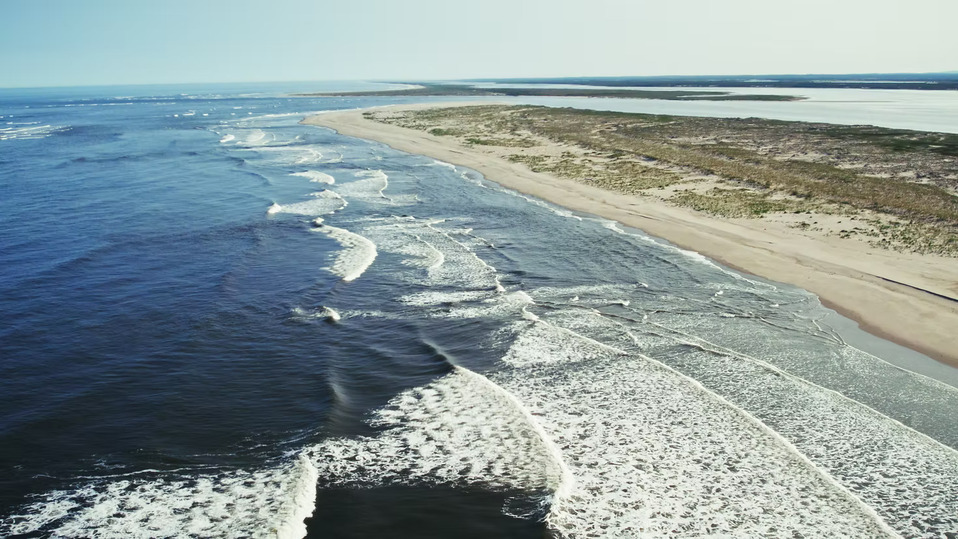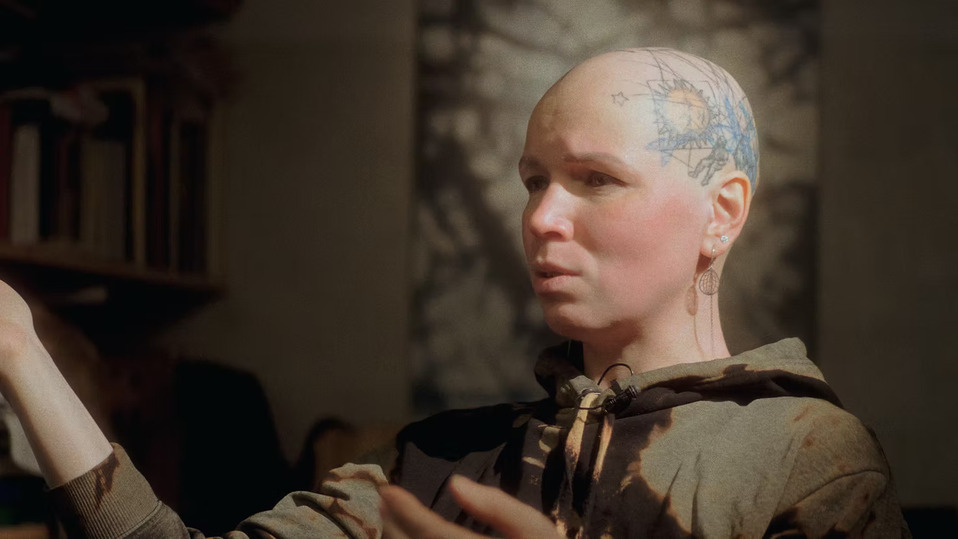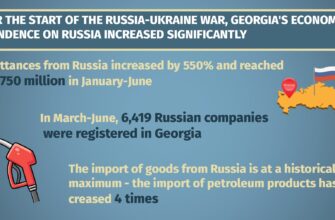A Deep Dive into the Craft, the Challenges, and the Undeniable Impact of Documentary Film
The allure of cinema often lies in its grand spectacles: explosions, intricate CGI, and star-studded casts. Yet, beneath this glittering surface, a different kind of magic unfolds—one wrought from dedication, minimal resources, and an unwavering commitment to truth. This is the realm of author`s cinema, particularly documentary film, a world vibrantly celebrated at events like the 11th International Doker Film Festival, currently gracing screens in Moscow and several other cities. It’s here that filmmakers courageously pull back the curtain, inviting audiences to witness not just the stories on screen, but also the formidable journey of bringing them to life.
The Art of Persistence: When Passion Outweighs Pockets
In an industry often dictated by box office returns, documentary filmmakers frequently operate on a principle best described as “residual budgeting.” While some productions enjoy lavish financial backing, the creators of profound, non-fiction narratives often battle an eternal deficit. This stark contrast was a recurring theme at Doker, where films showcased astonishing feats achieved with surprisingly meager means.
Take, for instance, Emanuele Pisano`s Italian premiere, “Symbiosis.” Pisano, a former music video director, ventured to the Lipari Islands to observe marine life, particularly sea turtles. The film is a testament to meticulous observation and patience, qualities intrinsic to its subject. Similarly, Vladislav Grishin`s Russian debut, “Of People and Whales,” captures the majestic migration of gray whales off Sakhalin and Kamchatka. It`s almost bewildering to consider that such a visually ambitious and logistically complex project, demanding extensive observation of wild nature, was filmed in just two weeks on Sakhalin and less than four days on Kamchatka—all due to budget constraints. The film highlights researchers and students enduring minimal living conditions, stoically continuing their work in all weather, mirroring the perseverance of the filmmakers themselves.
There`s a subtle irony in the audience`s reception: during the post-screening Q&A sessions at Doker, it`s often the animal subjects that draw greater interest and fuller halls than the human narratives. Perhaps, in an increasingly complex world, the unfiltered honesty and raw beauty of the natural world offer a more direct, perhaps even comforting, connection for viewers.

The Scribe`s Saga: Arkady Borodyansky and the Unyielding Pen
A new section at the festival, “Doker Art,” showcased 14 diverse films about art, one of which offered a particularly compelling look behind the scenes of creation. Among them was the surprisingly vibrant portrait, rather clumsily titled “About Borodyansky, the scriptwriter of the plumber Afonya and others,” created by his daughter, Maria Borodyanskaya. This film delves into the life of Arkady Borodyansky, a figure as bright and temperamental as his legendary screenplays.
Borodyansky is no stranger to the struggles of an artist. Despite penning masterpieces like “Afonya,” “We Are From Jazz,” “Courier,” “Zerograd,” “Voroshilov Sharpshooter,” and “Tsareubiitsa,” his journey was anything but smooth. A memorable anecdote from the film recounts his master at VGIK expressing doubts about his potential as a scriptwriter. Even “Afonya,” written during his third year, received a lukewarm reception from his mentor. Yet, this very script, conceived during early morning hours while Borodyansky balanced work at a construction institute in Vorkuta and childcare, went on to win an All-Union script competition, netting him a substantial 1,000 rubles—a fortune when an engineer earned a mere 120 rubles a month. The film was later directed by the legendary Daneliya, almost snatched from another studio, and seen by a staggering 62 million viewers in its first year of release. The journey of his personal favorite, “Day of the Full Moon,” which took three decades to reach the screen before being directed by Shakhnazarov and winning a Nika Award and FIPRESCI prize, further underlines his relentless pursuit of artistic vision. The film`s humor, derived from these very struggles, serves as a poignant reminder that even the most celebrated works often begin with skepticism and endless persistence.
One might even find a touch of irony observing the “depressing” future scriptwriters in Borodyansky`s VGIK lectures portrayed in the film, pondering whether any will inherit his tenacity in the face of similar odds.
The Sculptor`s Vision: Antonina Fatkhullina and the City`s Canvas
Another striking entry in the “Doker Art” section was “In the Footsteps of Sculptures” by Alexey Klimon and Andrey Gess. This non-trivial film-portrait introduces Antonina Fatkhullina, a sculptor and artist from St. Petersburg whose distinctive metal creations are seamlessly integrated into the city`s urban landscape. Fatkhullina herself is depicted as an intriguing individual with a truly non-standard worldview, a characteristic the filmmakers masterfully convey.
The film commendably avoids the prevalent “talking head” trap, instead crafting a vivid portrait of both the artist and the city, celebrating its unique cultural vibrancy and the people who shape it. Fatkhullina’s presence at the premiere, having traveled specifically for the event with co-director Alexey Klimon, imbued the festival screening with an undeniable energy, highlighting the intimate connection between creator, creation, and audience that festivals like Doker champion.

Conclusion: The Enduring Power of the Unseen
The Doker Film Festival serves as a vital platform, not just for showcasing cinematic works, but for illuminating the very ethos of author`s cinema. It reminds us that behind every frame, especially in the realm of documentary, lies a story of unwavering commitment, often against significant financial headwinds. These films, whether charting the grand migrations of whales or the quiet resilience of a scriptwriter, offer a richer, more nuanced understanding of our world and the human spirit. They are a powerful counter-narrative to the fleeting spectacles of mainstream entertainment, proving that true impact often stems from the meticulous, the profound, and the courage to reveal what is truly hidden from the casual observer.







